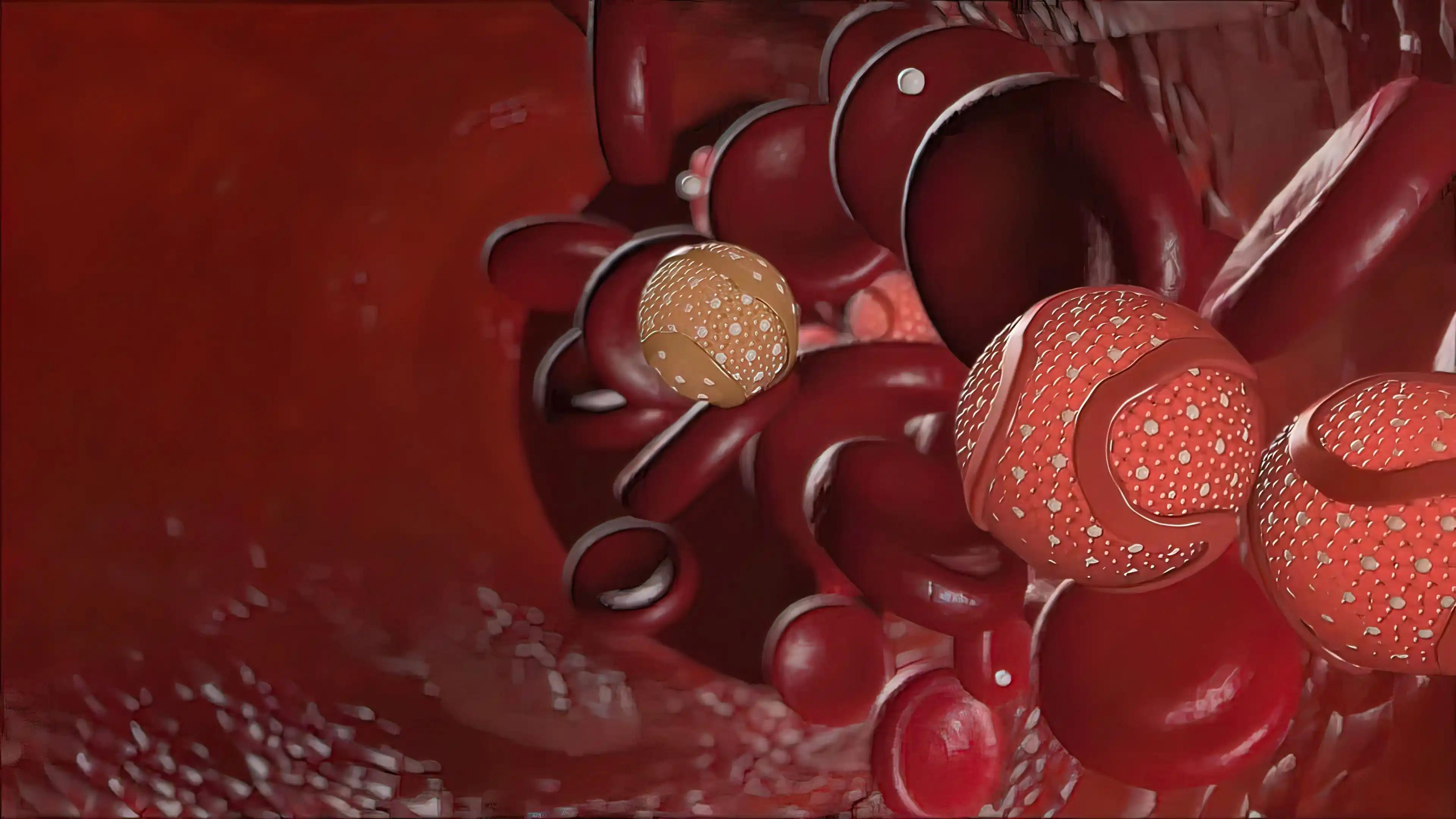KEY TAKEAWAYS
- The L-MIND phase II trial aimed to evaluate 5-year efficacy of tafasitamab + lenalidomide across pre-defined L-MIND patient subgroups.
- The primary endpoint was ORR. Secondary endpoints included DoR, PFS, and OS.
- The result demonstrated that the tafasitamab + lenalidomide benefits all DLBCL subgroups, even poor prognosis ones, with NK cell count showing promise as a new prognostic marker; curative potential is under investigation.
The success of tafasitamab + lenalidomide in relapsed/refractory(R/R) diffuse large B-cell lymphoma(DLBCL) ineligible for autologous stem cell transplant(ASCT) led to its fast-track approvals in the US and EU. This combo targets CD19 and offers hope for this challenging patient group.
For this study, researchers aimed to evaluate 5-year efficacy of tafasitamab + lenalidomide across pre-defined L-MIND patient subgroups.
Adults (≥18 years) with R/R DLBCL, having undergone 1–3 prior systemic therapies (including ≥1 targeting CD20), and possessing an ECOG PS of 0–2, were administered tafasitamab for up to 12 cycles in conjunction with lenalidomide. Subsequently, patients continued with tafasitamab monotherapy until disease progression.
The primary endpoint was to assess the objective response rate(ORR), with secondary endpoints including duration of response (DoR), progression-free survival (PFS), and overall survival (OS).
Exploratory subgroup analyses were conducted based on the International Prognostic Index (IPI), natural killer (NK) cell count, and time to progression after the first line of treatment, utilizing Kaplan-Meier estimates for 5-year endpoints.
Regression analyses were employed to investigate the likelihood of ORR and the duration of OS/PFS after adjusting for relevant covariates.
In the full analysis set (n=80), the ORR was 57.5% (95% CI: 45.9–68.5). The median treatment duration was 9.0 months (0.5–73.6), with a median OS follow-up (mFU) of 65.6 months (59.9–70.3). The median DoR was not reached (mFU: 44.0 months [29.9–57.0]). As indicated by ORR and 5-year rates for DoR, PFS, and OS, long-term clinical activity was observed across all subgroups.
Positive prognostic factors, such as lack of bulky disease, lower IPI score, and late relapse, were associated with favorable outcomes. IPI score significantly correlated with PFS and OS in univariate analysis(excluded from multivariate as derived from other factors).
Low lactate dehydrogenase levels were linked to longer PFS, and younger age was associated with longer OS. A baseline NK cell count ≥100 (vs <100) cells/µL was significantly associated with both longer PFS and OS.
The result demonstrated that the tafasitamab + lenalidomide benefits all DLBCL subgroups, even poor prognosis ones, with NK cell count showing promise as a new prognostic marker; curative potential is under investigation.
Source: https://clml-soho2023.elsevierdigitaledition.com/436/index.html
Clinical Trial: https://clinicaltrials.gov/study/NCT02399085
Duell J, Abrisqueta P, Dreyling M, Gaidano G, González Barca E, Jurczak W, Maddocks KJ, Menne T, Nagy Z, Tournilhac O, Bakuli A, Amin A, Gurbanov K, Salles G. Five-Year Subgroup Analysis of Tafasitamab + Lenalidomide From the Phase II L-MIND Study in Patients With Relapsed or Refractory Diffuse Large B-Cell Lymphoma.



